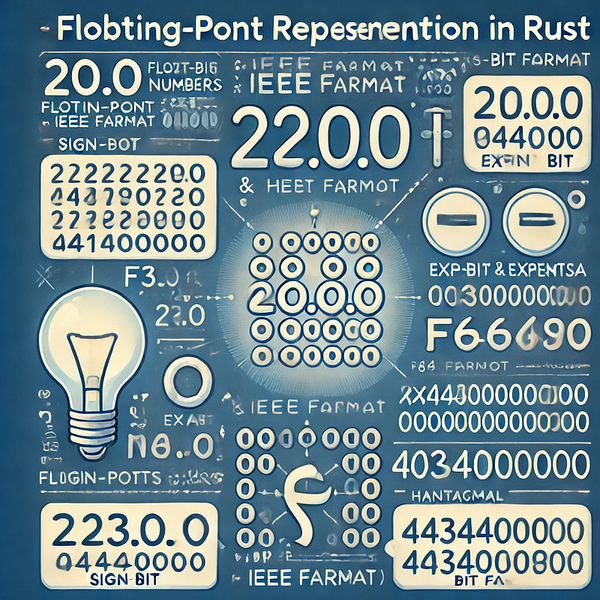
Understanding Partial Equivalence in Rust’s Floating-Point Types
When working with numeric types in programming, we generally assume that numbers behave in ways that are predictable and consistent. For…

When working with numeric types in programming, we generally assume that numbers behave in ways that are predictable and consistent. For…
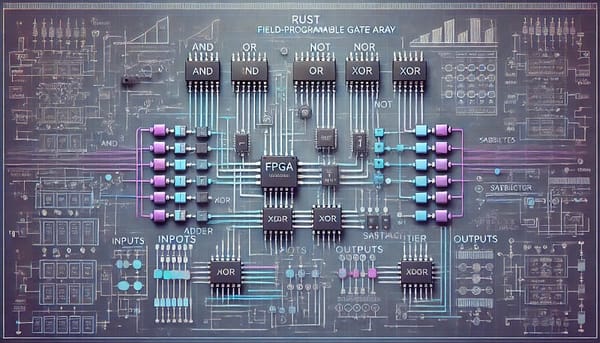
Field-Programmable Gate Arrays (FPGAs) are integrated circuits designed to be configured by a customer or a designer after manufacturing…

Polynomials appear in a wide range of applications, from simple error correction codes to sophisticated zero-knowledge proofs. Their…

The Rayon crate is one of the most popular libraries for data-parallelism in Rust , providing a simple and efficient way to execute…

The Mersenne Twister is a widely used pseudorandom number generator (PRNG) known for its fast generation and high-quality randomness…

In this article, we’ll explore how to implement a swap routing mechanism in Rust. We’ll create a simplified version of a decentralized…
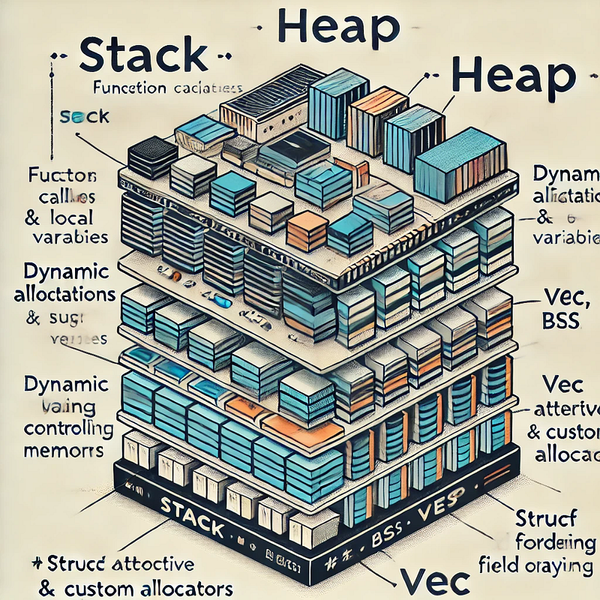
Memory layout refers to how data is organized in memory, which affects performance, safety, and interoperability with other languages and…

The increasing size of blockchain data is a significant challenge for Blockchain performance, data integrity, and privacy. Merkelized…
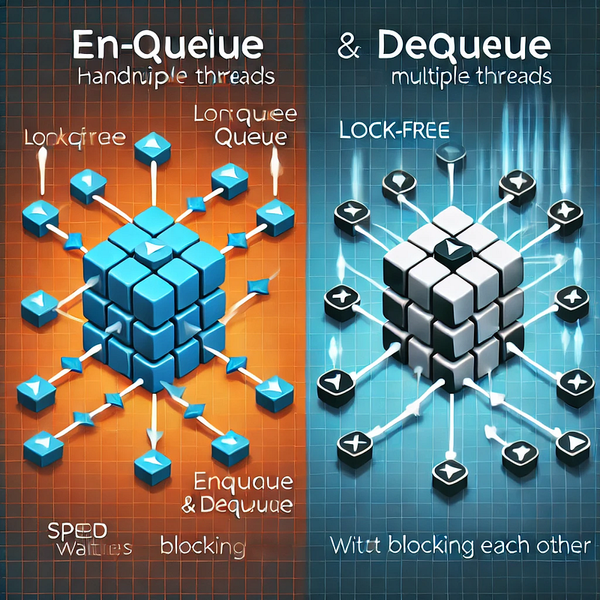
In high-performance and distributed systems, latency is a factor that affects overall system responsiveness and throughput. Traditional…
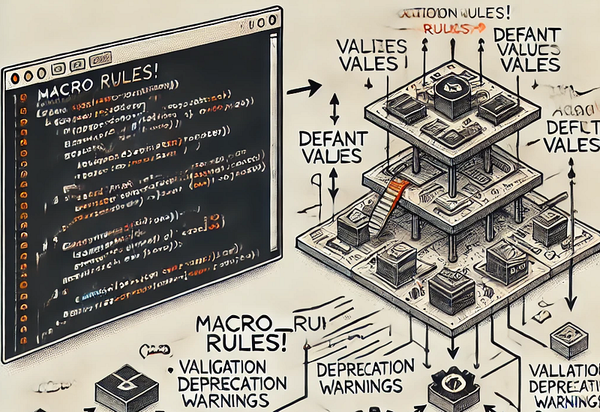
Macros in Rust are a convenient and powerful way to write code that writes other code, enabling you to create highly reusable and flexible…

Finite fields might sound like abstract mathematical concepts, but they are at the heart of many technologies we rely on today, especially…

Homomorphic encryption allows computations to be performed on encrypted data without decrypting it first. This property is particularly…